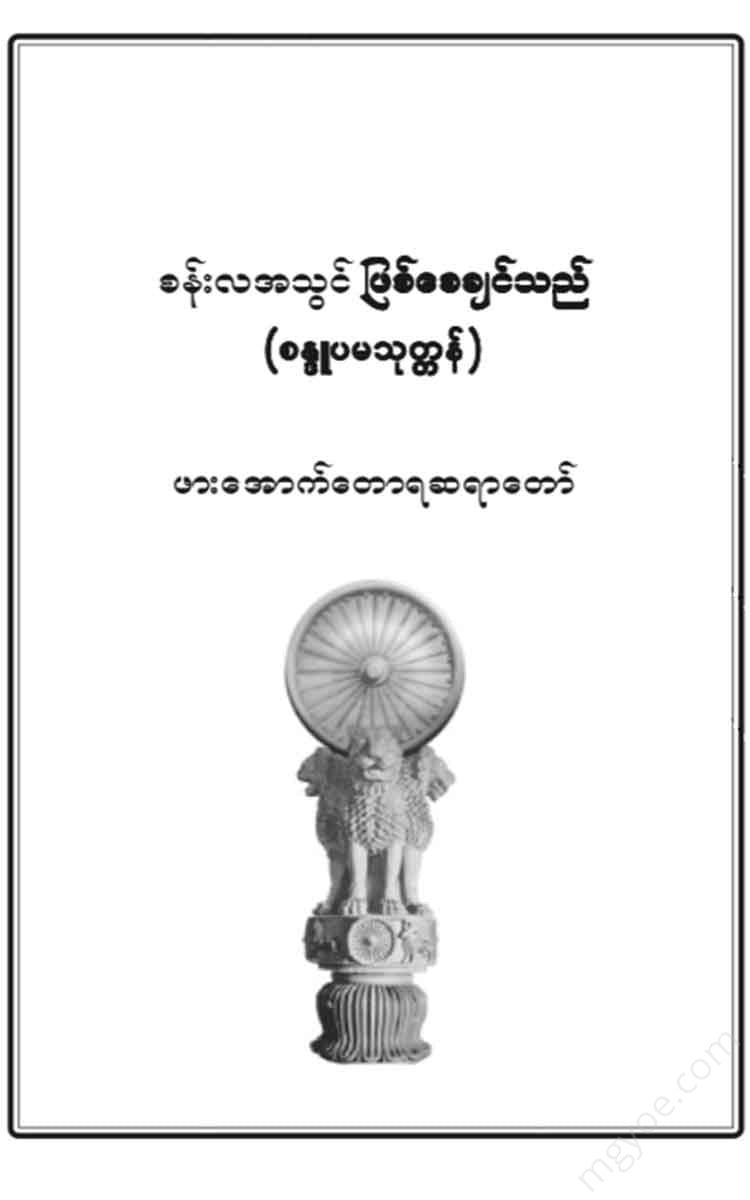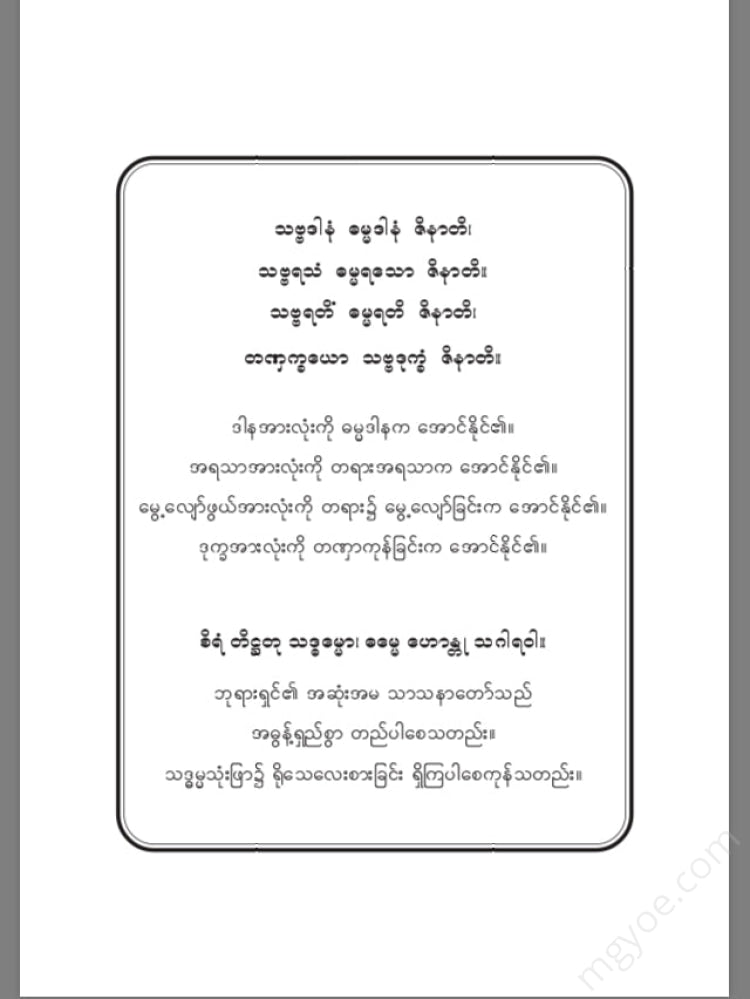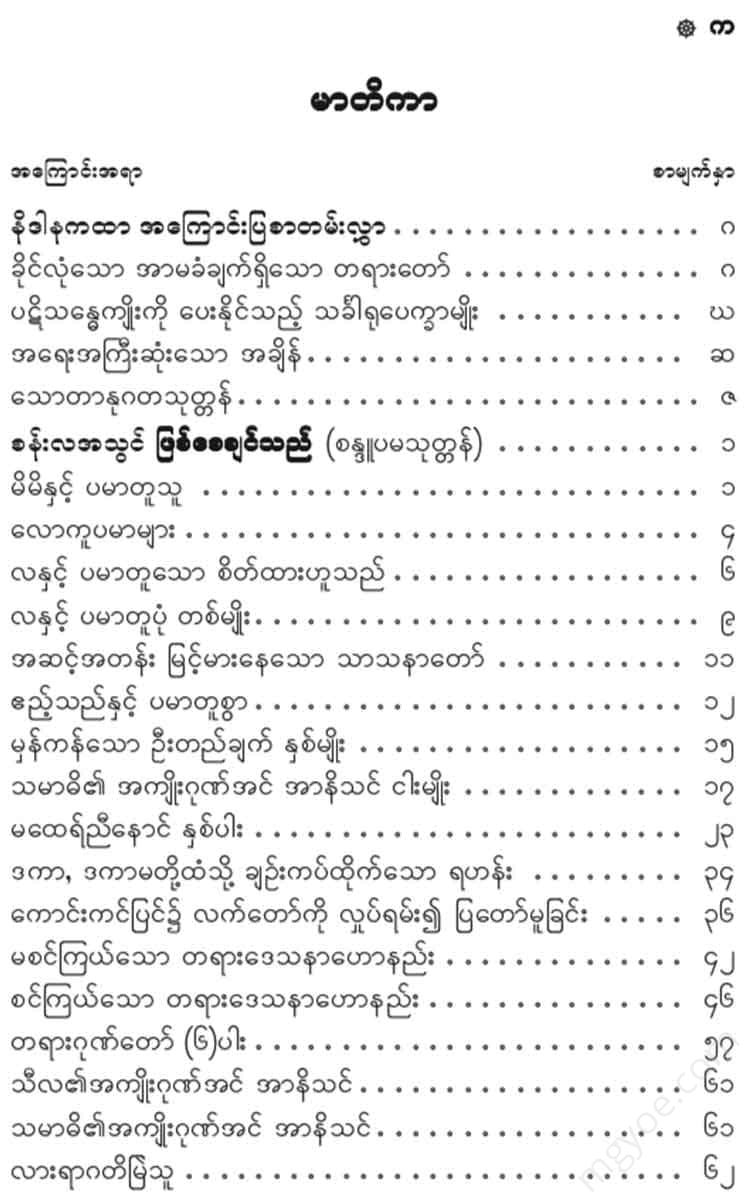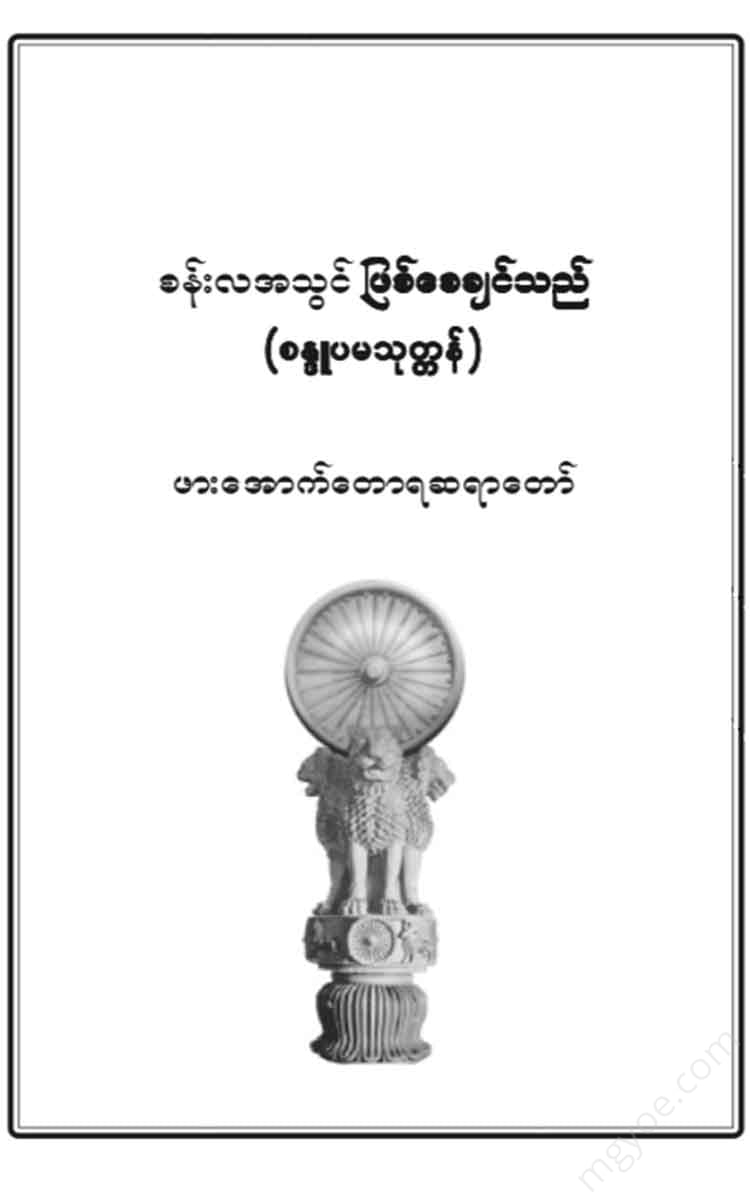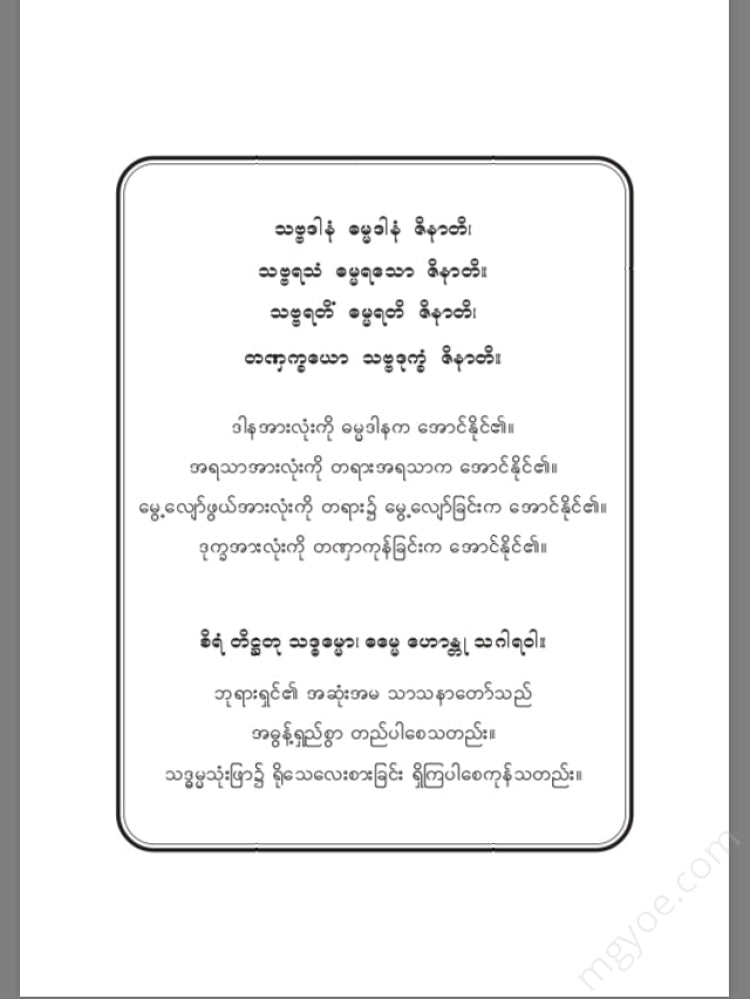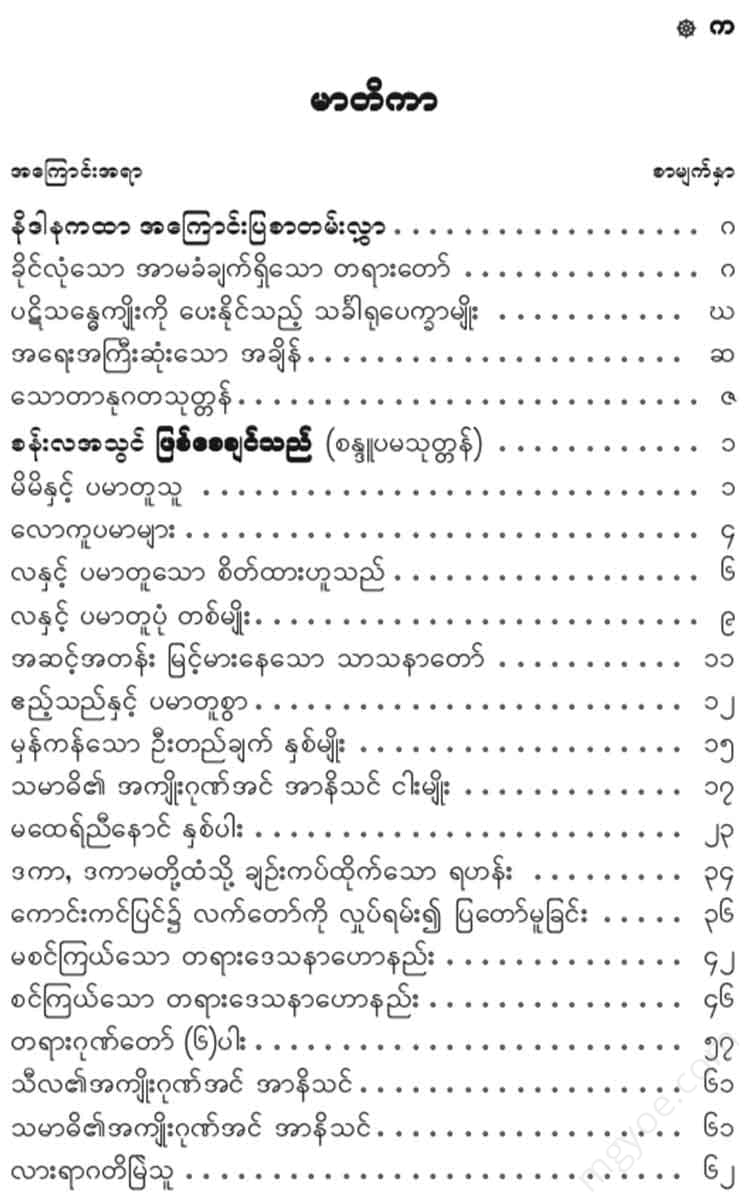Other Websites
Frog Under the Tree - I want to be in the form of a moon
Frog Under the Tree - I want to be in the form of a moon
Couldn't load pickup availability
The Buddha's teachings are those that are filled with all the attributes of enlightenment and enlightenment. A devotee should listen to the Buddha's teachings -
1. Know your own truth.
2. Know the Veda and practice it.
(In other words)
1. Know the Agama Sutta, you know.
2. Knowledge of the Adhigamā Sutta and its practice
If one has attained to the point of realizing Nibbana with these two kinds of knowledge, the door to that path is completely closed. If one has been able to advance one step further and strive until one has realized Nibbana with the knowledge of the path If one were to go beyond that and strive further, and with the wisdom of the path of arahantship, one could strive again until one could realize Nibbana, then at the end of the Parinibbana Sutta, one would no longer be able to remain in any other worldly life through rebirth, and one would be completely liberated from the cycle of samsara.
If a devotee tries to understand the Buddha's teachings with both knowledge and practice, but is unable to reach the noble path due to the slowness of the paramis, and does not even reach insight knowledge such as the insight of the mind, then those insight knowledge such as the insight of the mind can lead to a good life such as the bliss of the heavens, and in that heaven, with the knowledge of the path and the insight of the mind, they can carry it out with strong devotional strength such as the power of the path, until they can realize Nibbana.
A type of body that can give birth to a child
The first is the mind that is fixed on the body, the second is the mind that is fixed on the body, the third is the mind that is fixed on the body, the third is the mind that is fixed on the body, the fourth (Pathathan, 60.)
What is the difference between a layperson and a lay person in the same way that they are attracted to the form of the body? The mind of a layperson who is attracted to the form of the body is polluted, and is a danger to insight meditation. It is a danger to the realization of the Four Noble Truths through the Noble Path, and a danger to the path of
The mind of a monk who is fond of the form of the body is also polluted, which is a danger to insight meditation, and the knowledge of the four noble truths through the higher and higher path is a danger to the Pathi Veda.
It is the cause of future births. Thus , the contemplation of the mind in the form of a body by a person who is a monk and the contemplation of the mind by a person who is a monk are alike in their nature of delight. (Patisam, 60.)
The path of the
The ayatana is the one who is born,
The Lord is the one who
( Pāṭhāṇa, 8th, 1, 250.)
Because of the strength of the kamma of the person, the kamma of the good will combined with the knowledge of the body, that kamma itself gives the result of the sexual pleasures, but the defilement of greed, which is called the pleasure of the body, is the cause of the future sexual pleasures. The kamma of the good will combined with the knowledge of the body, which has the defilement of greed, can cause the result of the sexual pleasures. Therefore, the kamma of the good will combined with the knowledge of the body is the direct cause of the result. The defilement of greed, which is the pleasure of the body, is the supporting cause. P.
Among the ascetics, the desire for the formation of the body, the knowledge of the body, the action Know that the karmic state of being, which is accompanied by the knowledge of the world and the wisdom of the gods, is also the cause of the desire for this form of existence, which is supported by the upathampa. (Pāṭhāṃ, ṭhā, 1, 250.)
A caveat to note : Here, note the statement that wholesome volition combined with the knowledge of the world can also give one birth in the bliss of sensual pleasures, and the statement that wholesome volition combined with the knowledge of the family can also give one birth in the bliss of sensual pleasures. The knowledge of the world is also a single mind, and the family is also a single mind. These are examples of how one volition can give one life. Similarly, it should be understood how the karma of the mind can also give such a benefit.
The most important time
For a human being who is walking in the path of samsara, on the one hand, there is none of the five karmas that continue to benefit in the world and the false views that have not been abandoned until death; on the other hand, there is none of the great karmas that continue to benefit in the Brahma world and do not fall away until death; on the other hand, there is none of the insight knowledge that reaches the lowest level, even to the point of passing away. The time of death is the most important time. For such a human being, the time of death is the unwholesome time, and he will definitely go to one of the four realms. The time of death is the wholesome time, and he will go to one of the realms of bliss, according to his ability. Among these wholesome kammas, this samārūpekka kamma is a very high level kamma. Unless one aspires to the enlightenment of the true samārūpekka, the enlightenment of the first samārūpekka, the enlightenment of the great For those who have not yet completed the cycle of samsara, as I have written above, the time of death is the most important time to separate the path of suffering from good and bad. At that time, it is necessary to have established the karmas that will definitely lead to good and bad. If you have tried to complete the cycle of samsara, you will become a Buddha and a great leader. Here, I will continue to present the Burmese translation of the Sotanugata Sutta.
The Anugata Sutta
Monks... the Dhamma, which is entered into by the faculty of perception, which is discerned by the intellect, which is practiced by the mouth , which is repeatedly contemplated, pondered, and considered by the mind , which is well understood by the mind through the insight of the Dhamma, and which is well understood by the wisdom of right view, is expected to be attained with certainty in these four kinds of results. What four kinds are these:
1. Monks... In this Dhamma, a monk -
1. Sutta, the teaching called Sutta,
2. A sermon that combines gaya and prose,
3. Veyakarana, a prose poem that is not a collection of verses,
4. Gatha, the teaching of Gatha,
5. Udana, Udana, the Dhamma that is joyfully sung,
6. Itivuttaka itivut = Thus the Buddha has spoken - Thus the Dhamma, having begun and introduced,
7. The story of the birth,
8. The Dhamma related to the unchangeable, unprecedented, new, and wondrous,
9. The Dhamma, which is the answer to the question, which also brings about the attainment of special knowledge and wisdom, and also brings about the attainment of happiness:
He teaches the Dhamma, which is endowed with these nine elements. In that monk's mind, those Dhammas are absorbed in the state of mindfulness, are distinguished by the state of understanding, are practiced by the mouth, are repeatedly contemplated, contemplated, and analyzed by the mind, are clearly seen by the eye, both through the meaning of the Dhamma and through its cause, and are clearly seen by the wisdom of right view. (An, 1, 504-505.)
